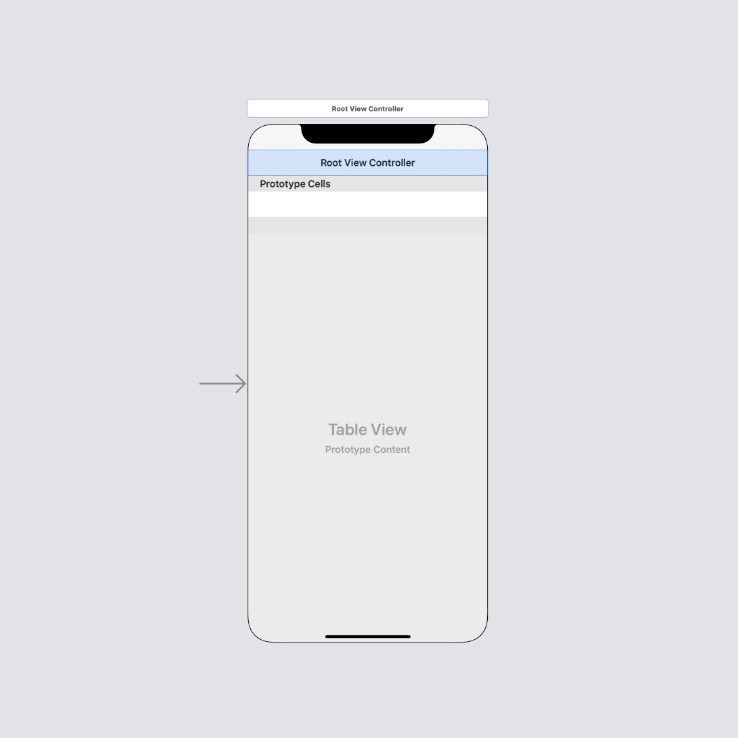

Below is the JavaFX program replicated in the RandomNumberApp.java class as presented in the previous article. To begin I dig into how the JavaFX framework functions from a high level using the simple HelloFX.java sample program from the openjfx GitHub repo. JavaFX with Gradle, Eclipse and, Scene Builder on OpenJDK11: Refactoring to use FXML.

(see screenshot) From the docs I already know how I could achieve this inside the java-source-code: tButtonData (newButton, ButtonData. I want one of the buttons to be left-aligned and the other right-aligned. Note:While importing select always the JavaFX files. It’s a way of making the GUI more interactive and responsive for the user. getStatus() function to check the status of player that whether it is halted, playing, stopped or paused and to take action accordingly. The JavaFX button is a widget that causes a specific action or event to occur when clicked. JavaFX with Gradle, Eclipse and, Scene Builder on OpenJDK11: Java Coded Components (you're here) I have a JavaFX ButtonBar with two Buttons (created via SceneBuilder). Among the best features of JavaFX is that one can control formatting with Cascading Style Sheets (CSS).JavaFX with Gradle, Eclipse and, Scene Builder on OpenJDK11: Project Setup.The code for the Random Number demo app is hosted on GitHub for following along and experimentation.

In the next post I will refactor using Scene Builder and FXML view files to contrast this approach. For this article I will be forgoing the use of FXML views and the Scene Builder design tool to give the reader a taste of how a Java code only approach is done.
#Buttonbar javafx generator
In this second article I will be building out the Random Number generator app described in the opening blog post to give a gentle introduction of the JavaFX framework.


 0 kommentar(er)
0 kommentar(er)
